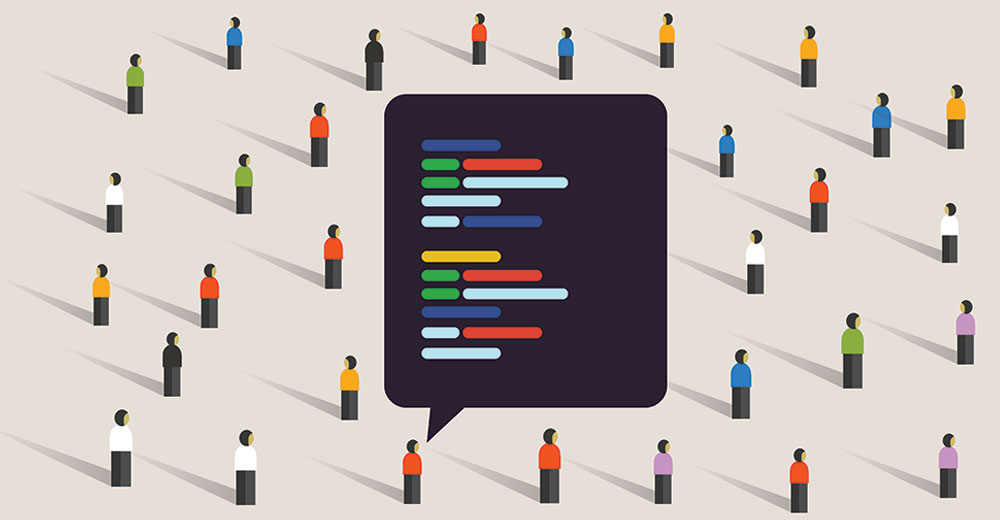Democratic AI Revolution: Power to the People and Code to the Masses
In my town of Bend, Oregon, where the spirit of independence and community thrives, the concept of “Democratic AI” resonates in a uniquely powerful way. In a world increasingly shaped by algorithms and artificial intelligence (AI), the notion of democratizing its creation, access, and governance offers a powerful counterpoint to the centralized control often associated with Big Tech. But what exactly is Democratic AI, and why might it be the best, perhaps even the only truly sustainable path forward for this transformative technology? Buckle up, because we’re about to dive into the digital town hall of the future. Then, we’ll close with my Product of the Week: Slate’s new pickup truck, backed by Jeff Bezos, which could transform the EV market. What Democratic AI Really Means At its core, Democratic AI is a philosophy and set of practices aimed at distributing the power of AI more broadly. It encompasses several key principles: Democratic AI May Be the Best Path So, why is this open and collaborative approach potentially superior to more traditional, often proprietary, AI models? Here are several advantages it brings to the table: Governments and Companies Advancing Democratic AI While the concept is still evolving, several governments and companies are dipping their toes, or even diving headfirst, into the waters of Democratic AI: Benefits: A Brighter Algorithmic Future Aggressively pursuing Democratic AI could deliver transformative results: Where Democratic AI Stands Today The concept of Democratic AI is still in its relatively early stages. While the principles of open source have a long history in software development, applying them comprehensively to the complex world of AI — including data, models, and governance — is a more recent endeavor.


